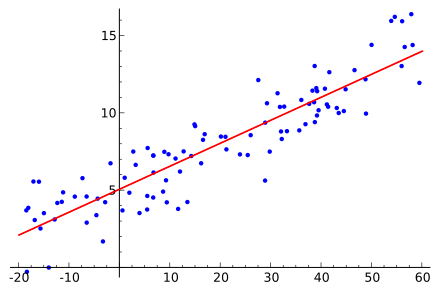The Capital Asset Pricing Model
Introduction to Portfolio Risk Management in Python

Dakota Wixom
Quantitative Analyst | QuantCourse.com
The founding father of asset pricing models
CAPM
The Capital Asset Pricing Model is the fundamental building block for many other asset pricing models and factor models in finance.
Excess returns
To calculate excess returns, simply subtract the risk free rate of return from your total return:
$$ \text{Excess Return} = \text{Return} - \text{Risk Free Return} $$
Example:
Investing in Brazil:
10% Portfolio Return - 15% Risk Free Rate = -5% Excess Return
Investing in the US:
10% Portfolio Return - 3% Risk Free Rate = 7% Excess Return
The Capital Asset Pricing Model
$$ E(R_{P}) - RF = \beta_{{P}}(E(R_{M})-RF)\ $$
- $E(R_{P}) - RF$: The excess expected return of a stock or portfolio P
- $E(R_{M}) - RF$: The excess expected return of the broad market portfolio B
- $RF$: The regional risk free-rate
- $\beta_{{P}}$: Portfolio beta, or exposure, to the broad market portfolio B
Calculating Beta using co-variance
To calculate historical beta using co-variance:
$$ \beta_P = \frac{Cov(R_P, R_B)}{Var(R_B)} $$
- $\beta_P$: Portfolio beta
- $Cov(R_P, R_B)$: The co-variance between the portfolio (P) and the benchmark market index (B)
- $Var(R_B)$: The variance of the benchmark market index
Calculating Beta using co-variance in Python
Assuming you already have excess portfolio and market returns in the object Data:
covariance_matrix = Data[["Port_Excess","Mkt_Excess"]].cov()
covariance_coefficient = covariance_matrix.iloc[0, 1]
benchmark_variance = Data["Mkt_Excess"].var()
portfolio_beta = covariance_coefficient / benchmark_variance
portfolio_beta
0.93
Linear regressions
Example of a linear regression:

Regression formula in matrix notation:


Calculating Beta using linear regression
Assuming you already have excess portfolio and market returns in the object Data:
import statsmodels.formula.api as smf
model = smf.ols(formula='Port_Excess ~ Mkt_Excess', data=Data)
fit = model.fit()
beta = fit.params["Mkt_Excess"]
beta
0.93
R-Squared vs Adjusted R-Squared
To extract the adjusted r-squared and r-squared values:
import statsmodels.formula.api as smf
model = smf.ols(formula='Port_Excess ~ Mkt_Excess', data=Data)
fit = model.fit()
r_squared = fit.rsquared
r_squared
0.70
adjusted_r_squared = fit.rsquared_adj
0.65
Let's practice!
Introduction to Portfolio Risk Management in Python

